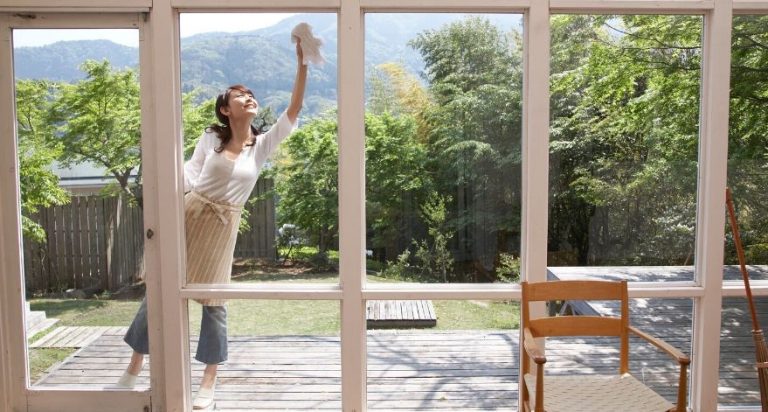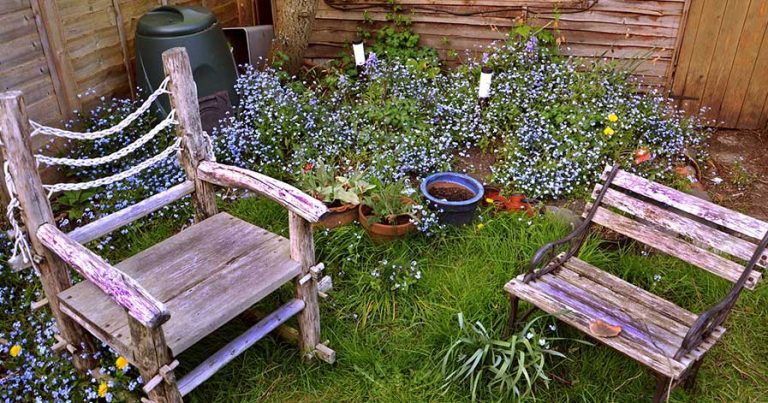How to Make Your Outside Windows Sparkle
How to Clean Outside Windows
Everyone loves staring out of the window when they are supposed to be working. While the great outdoors may be beautiful, dirty and streaky windows are not. Sometimes it feels like no matter which product or method you use, you just cannot get the clear, sparkly look you want. Surprisingly, window washing is not as complicated as you might think and there are even ways to make it inexpensive. For your definitive guide on how to clean outside windows, read on!
The Basics
Before you mix a bucket of chemicals or hose down your house, there are some basics that need to be considered. Washing your windows on a sunny day might do a great job for your tan, but the heat can dry the chemicals and water onto the window, leaving it dirtier than when you started.
Obviously, a rainy day is not suitable either. Instead, wait for a cloudy day and spring into action as early as possible. It is also important to let gravity help you. Washing from the bottom up might seem fun until the dirty window water drips on your nicely cleaned window panes. Start from the top and work your way down to ensure no runs and drips ruin your handiwork.
Finally, avoid woodwork. The window frames on your home may be made of wood. If wood gets wet and is left to dry naturally, it may split, crack, or rot. Be sure to protect your frames when washing your windows.
Vinegar
If you decided on a whim that it is time to clean your windows, you might not have any window cleaning chemicals in your house. Fortunately, there are a few ways to use the things you already have at home to wash the windows. Most vinegar mixes are a simple combination of vinegar and water.
For a basic wash on mildly dirty windows, use two cups of water combined with a quarter cup of white vinegar and half a teaspoon of dishwashing liquid. You can spray this onto the window and wipe, or you can wash it with a sponge or cloth. For windows that have been neglected for a while, you may need a stronger mix.
Heating up a cup of white vinegar and using this directly on the windows will help dissolve stubborn grime and allow you to have a beautifully cleaned window without any expensive chemicals. There are many variations for vinegar mixture, but these two solutions should get you through the window washing process with ease.
Microfiber
Microfiber cloths are soft and super absorbent. Choosing to use a microfiber cloth to dry your window, rather than a squeegee, can leave you with better results. The super absorbent quality of microfiber ensures that no water is left behind to ruin or stain the window you have just washed.
Additionally, the cloth can be manipulated to fit into tight spots and corners, which cannot be done with a squeegee. The softness of the cloth helps to protect the glass from scratches, which can damage the window and make it look like it is still dirty.
Microfiber is also less likely to pick up lint and will not leave lint on the windows. Microfiber is also still highly effective at drying when it is wet, provided you squeeze out excess water properly. This means that you do not need multiple cloths. You just have to wring it well.
Newspaper
If you are old school and receive (or buy) a newspaper regularly, it is a very effective tool in drying your windows and ensuring they are streak-free. The paper is extremely absorbent, but so is the ink. The formulated ink used only in newspaper printing is absorbent rather than repellent. The combination of the absorbency of the paper and the ink makes it highly effective in cleaning windows. There are some downsides to using newspaper, though.
Firstly, the newsprint does not always stay on the paper. While it will not leave any marks or damage the window, it can leave your hands black and dirty. The newspaper might also disintegrate when it gets too wet, leaving some lint or paper on the window. You will need to get a new sheet very frequently for this method to be effective.
Lastly, some newsprint is strong smelling when wet. It can have a very strong ammonia type scent, which may deter you from using it.
Cotton Swabs
If the newspaper and cloth are not cutting it in the corners, you can use cotton swabs to help you. The small head fits perfectly in the corners, meaning you can clean the grime and water right out. This is especially useful for cleaning the outside of windows because dirt gets stuck in the cracks of the window panes.
Additionally, they have limited absorption, meaning that if you use them to wash the corners, you are less likely to drip water down the windows. They are also small, which provides you complete control when squeezing them into the small grooves and gaps. Cotton swabs are also useful at the very end.
Sometimes, after a long day of window washing, you might notice streaks across the windows as the light changes. Use the cotton swabs as an easy tool to buff out the streaks.
Rather than re-washing or wiping the entire window again, you can just target the specific issue and quickly make the streak disappear.
In Conclusion
There are many ways to ensure you get sparkly windows. Regardless of the method you prefer, there are some general tips to keep in mind when washing your windows. Ensure you are not washing windows in direct sunlight, as this creates streaks from water or chemicals drying on the glass. Use soap and water, a chemical cleaner, or some vinegar and water for the perfect clean. Using just plain water cannot dissolve the grime. Always start at the top and work your way down.
In a multistory house, start with the highest floor’s windows. This prevents undoing your work with drips and splashes. Just following these simple steps can have you seeing clearly into your luscious green garden again in no time!

